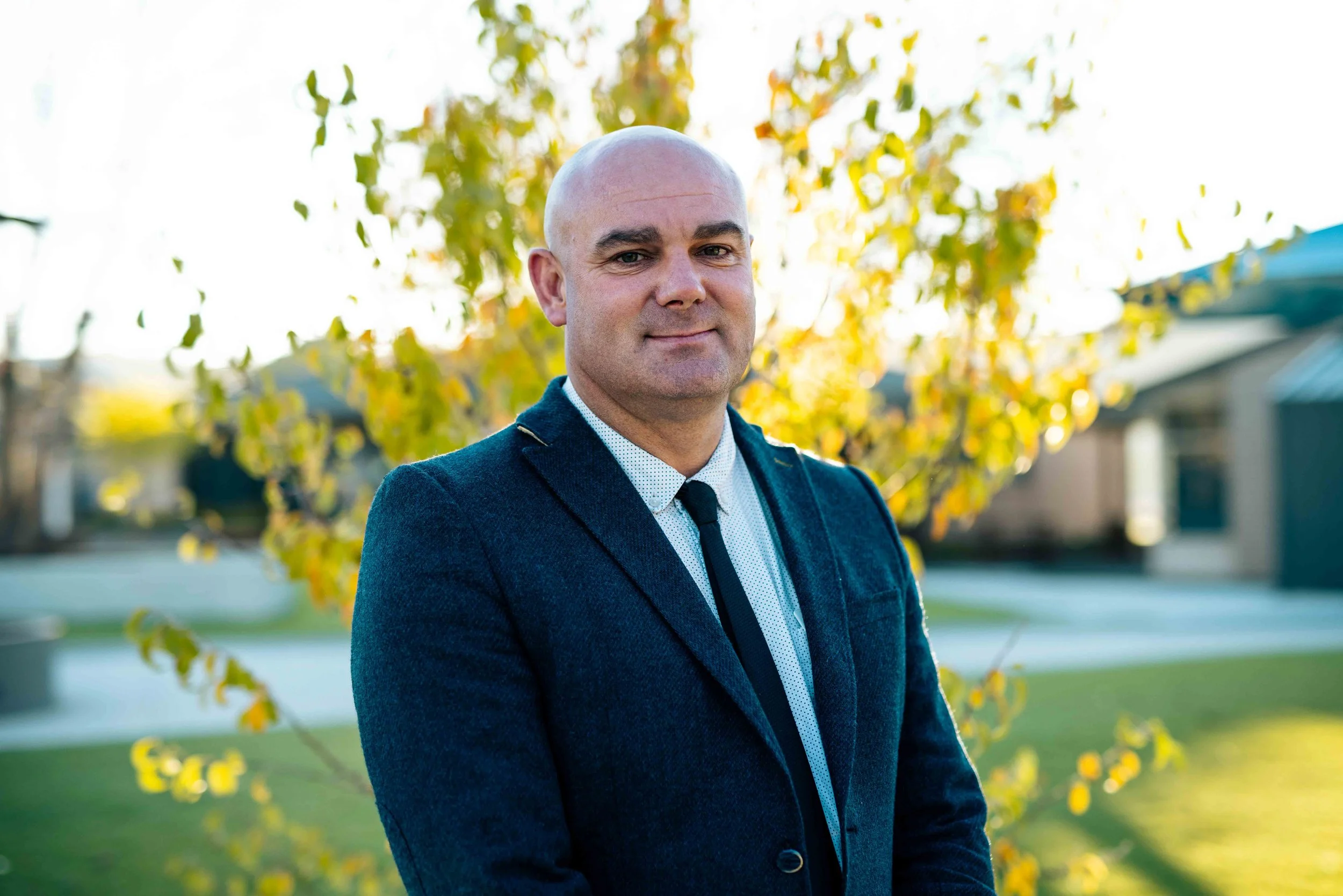Celebrating Progress
In our Secondary Assemblies last week, it was lovely to see the recognition of five students from each of the Years 8, 9 and 10.
The celebration of these students was to acknowledge the progress in their learning throughout the first semester of this year. One of the most effective ways to understand our students’ learning and guide improvement is to analyse data that is collected over time. By carefully tracking student progress, challenges and growth across time, we can identify patterns and trends that can assist in informing decisions that can positively impact teaching and learning. It was this data we used to identify the students for these awards.
Over the term break, I calculated a Grade Point Average (GPA) for each Calvin student in Years 7 – 10. This GPA is a score that has been derived from the aggregate of all grades allocated across each of their learning areas and then divided by the total number of grades given in the final summative assessments. This has been my second time calculating GPAs with our first data set being drawn from the end of year 2024 reports. Now with the 2025 Semester One reports complete, we have the beginnings of some longitudinal data.
“Data over time enables us to see the story of a students learning journey rather than just a single chapter.”
Data over time enables us to see the story of a students learning journey rather than just a single chapter. A test result on any given day can be influenced by any number of factors such as an illness, tiredness or anxiety. But when we can look at longitudinal data we can more accurately identify a student’s strengths and the areas needing additional support. This longitudinal perspective allows us to respond to our learner’s needs with timely, targeted interventions that meet each student where they are at.
Importantly, using data over time is not just about academic results. Attendance records, wellbeing surveys and behavioural patterns all help us form a fuller picture of a student’s school experience. This holistic approach means we are not only measuring achievement but also nurturing the whole child.
In Proverbs 27:23 we read:
“This holistic approach means we are not only measuring achievement but also nurturing the whole child.”
Be sure you know the condition of your flocks, give careful attention to your herds;
I am encouraged to apply the same principles to our context as a school, with the flock representing our students. Just as a shepherd would carefully check the wellbeing of each sheep to ensure they grew strong and healthy, we too are called to pay careful attention to the progress and needs of our learners, whether academic, spiritual, physical or emotional.
Additionally, this approach models God’s own patient and intentional care. Scripture shows that God works in people’s lives over seasons, not just moments. He sees the whole journey of growth and transformation. By using data over time, we can mirror this perspective—valuing steady progress and recognising that meaningful growth often happens gradually.
When used wisely and compassionately, data over time is not a cold set of numbers—it is a tool for loving, intentional, and effective education.
Drew Roberts - Head of Secondary

